20 Foods You Should Always Splurge On
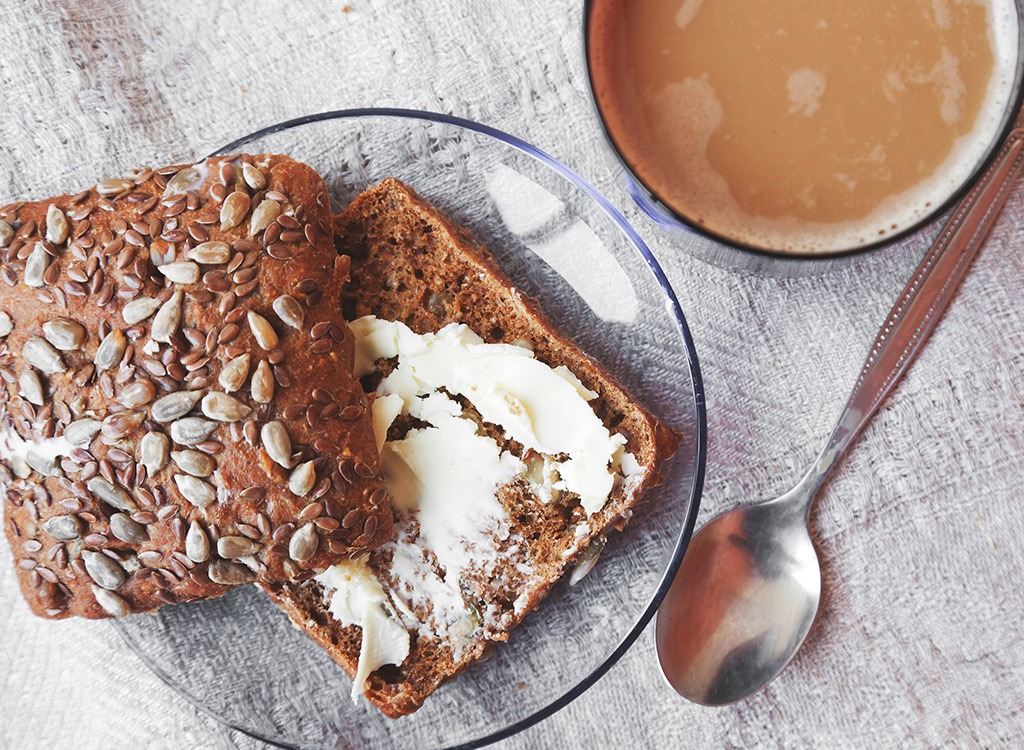
If you think about the latest financial advice you've received, it probably all sounds something like this: Stop buying lattes! Cancel cable! Swear off name-brands! Oh, and sleep in your coat!
Sure, these practices save you money in the long run, but getting something for the cheapest possible price doesn't always equate to the smartest spending habit. While it's good to be frugal, sometimes it's far better to splurge—especially when it comes to the food in your pantry. In fact, there are some occasions where spending just $1 more on your grocery bill could help you significantly reduce your risk for life-threatening diseases. You read that right: just $1! Sometimes you just gotta ignore the frugal zealots and spend a little extra. You'll be investing in a healthier you, which always feels good. And if you start feeling like you need to watch your budget in other instances, then turn to these 27 Healthiest Snacks Under $1!
Ceylon Cinnamon
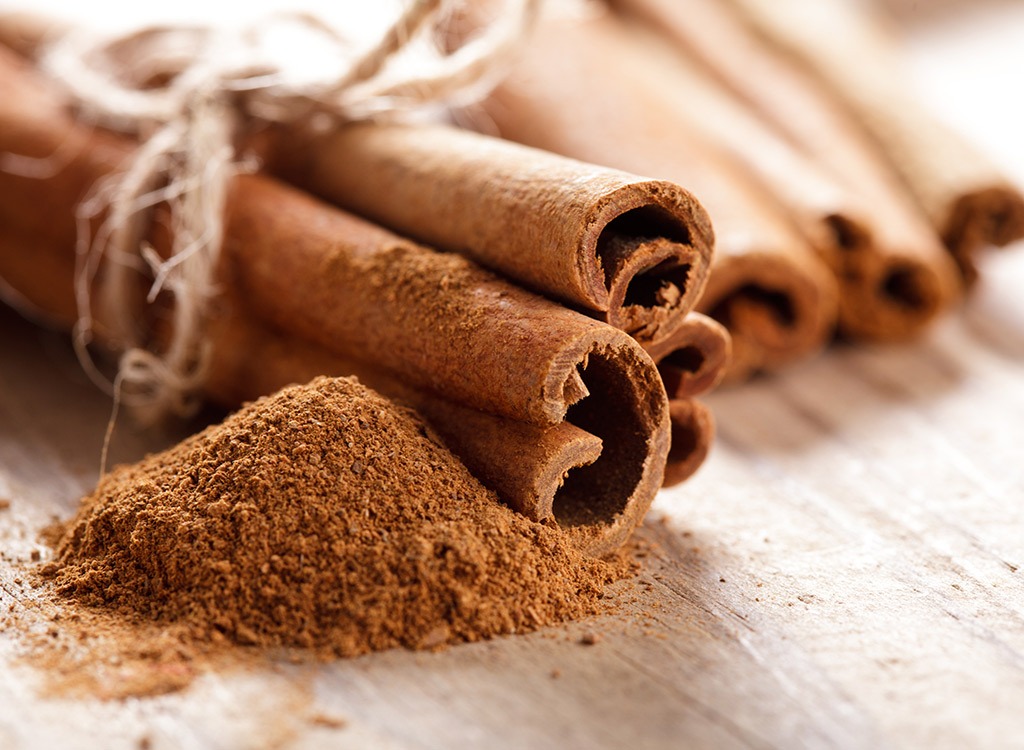
According to a series of studies printed in the American Journal of Clinical Nutrition, spicing up your life—with cinnamon—can help control blood sugar. But one type reigns superior and it's probably not the kind on your spice rack. That's because you'll likely find the cassia variety at the grocery story, but it's the ceylon cinnamon you want. Ceylon is a milder, pricier variety that's touted by health experts. That's because the more common cassia can contain high levels of coumarin—a naturally occurring ingredient that can cause liver toxicity. For individuals who are particularly sensitive, the limit is a scant teaspoon a day. Ceylon cinnamon retails for about $3.44 per ounce, more than twice the price of cassia—but it's twice as nice for your health.
Organic Milk
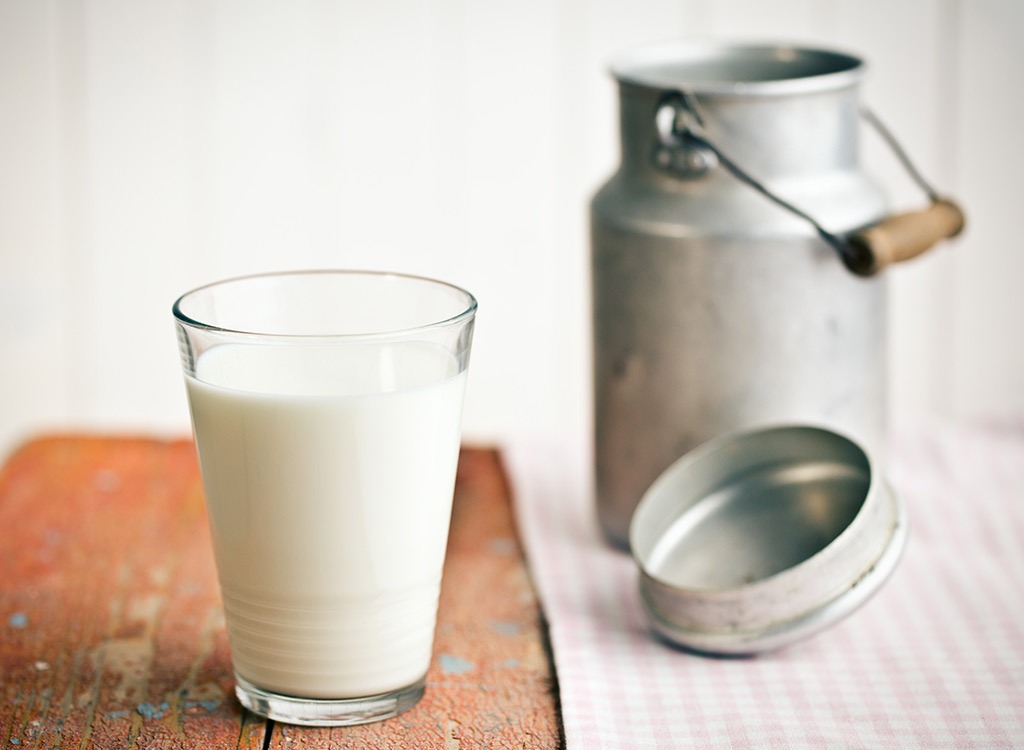
When you're looking to grab a gallon, seek out those that are organic. That's because a study published in the journal PLOS One found that organic milk contains significantly higher concentrations of heart-healthy omega-3 fatty acids compared to milk from cows on conventional dairy farms. Researchers say conventional milk samples had an average omega-6 to omega-3 fatty acid ratio of 5.8:1, more than twice that of organic milk's healthier 2.3:1—the ratio thought by health experts to maximize heart health. You'll need a little fat to benefit from the fatty acid composition of organic milk, so experts suggest splurging on low- or whole-milk depending on your calorie budget.
Real Parmesan Cheese
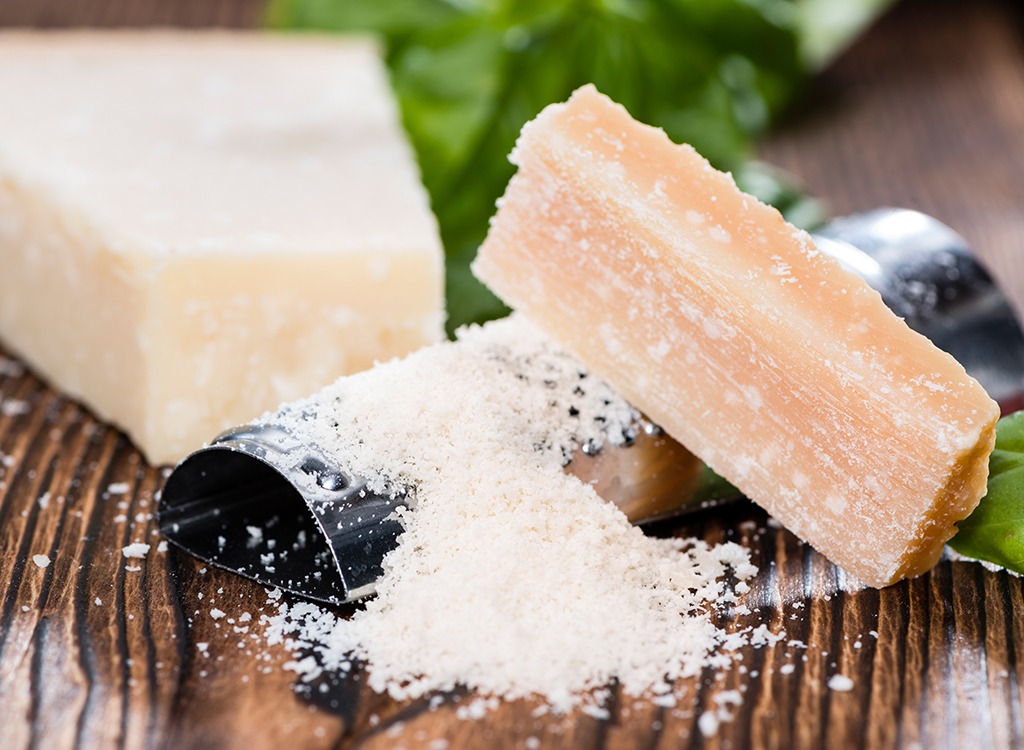
Want to coat your pasta with a heaping of pulverized wood pulp? No? Then you probably shouldn't be grabbing a package of commercially grated "parmesan" cheese off the shelf, which made it on our list of 20 Foods You Can't Trust. Kraft was slammed with a lawsuit in early 2016 for using cellulose—an anti-clumping filler made from wood chips—in its "100% Grated Parmesan Cheese" product. It doesn't stop there. Other private testing found Castle Cheese Inc.'s "Parmesan" also included less expensive cheese like cheddar, swiss, and mozzarella. To ensure you're getting the real thing, buy a grater and grate some fresh stuff yourself.
Raw Honey
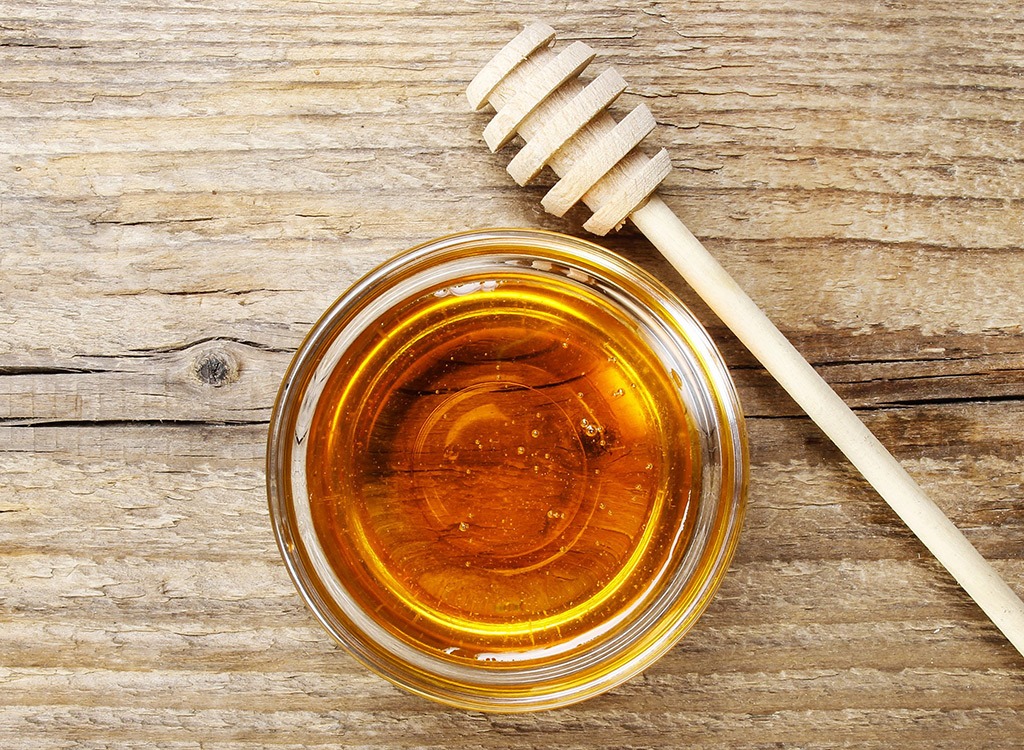
Sure, the teddy bear containers look cute, but there's a dark secret behind those beady eyes: the honey we commonly find in the grocery store is stripped of its health benefits between the beehive and the bottle. And that's a problem. A new Microbiology study suggests raw, unprocessed honey contain live microbes (or "good bacteria") that could prevent and kill up to 85 percent of the bacteria found in common human wound pathogens after two hours. Unfortunately, most honey sold today is pasteurized—filtered of pollen and heated above 115 degrees Fahrenheit, which kills or alters protective microbes and other beneficial components. Even worse, many uncertified kinds of honey are actually made up of a cheap blend of high fructose corn syrup. To avoid honey fraud, stick to small-batch raw honey. It'll probably cost you more than twice a teddy bear—but honey, it's worth it.
Grass-Fed Butter
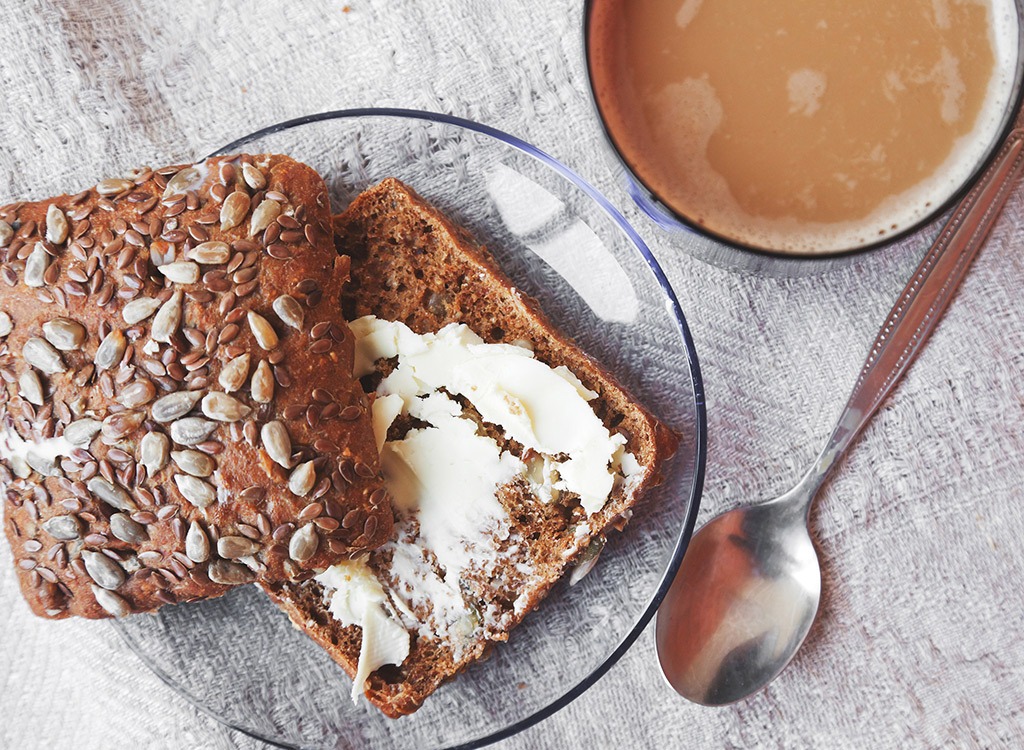
Whether you're baking your cookies or buttering up your rolls, fork over some extra dough for the good stuff and leave the margarine on the shelf. And get rid of the notion that butter is bad for you. In reality, grass-fed butter is an excellent source of fatty acids—like cancer-fighting conjugated linoleic acid (CLA) and anti-inflammatory butyric acid—that can support weight loss. Plus, by adding a smear of the slow-digesting fat to your morning toast, you'll help to slow down your body's absorption of sugar and carbohydrates, leading to more consistent energy levels and improved brain function throughout the day. We prefer Irish brand, Kerrygold, who uses milk from grass-fed cows. Trust us, you'll be able to taste the difference.
Antibiotic- Free Chicken
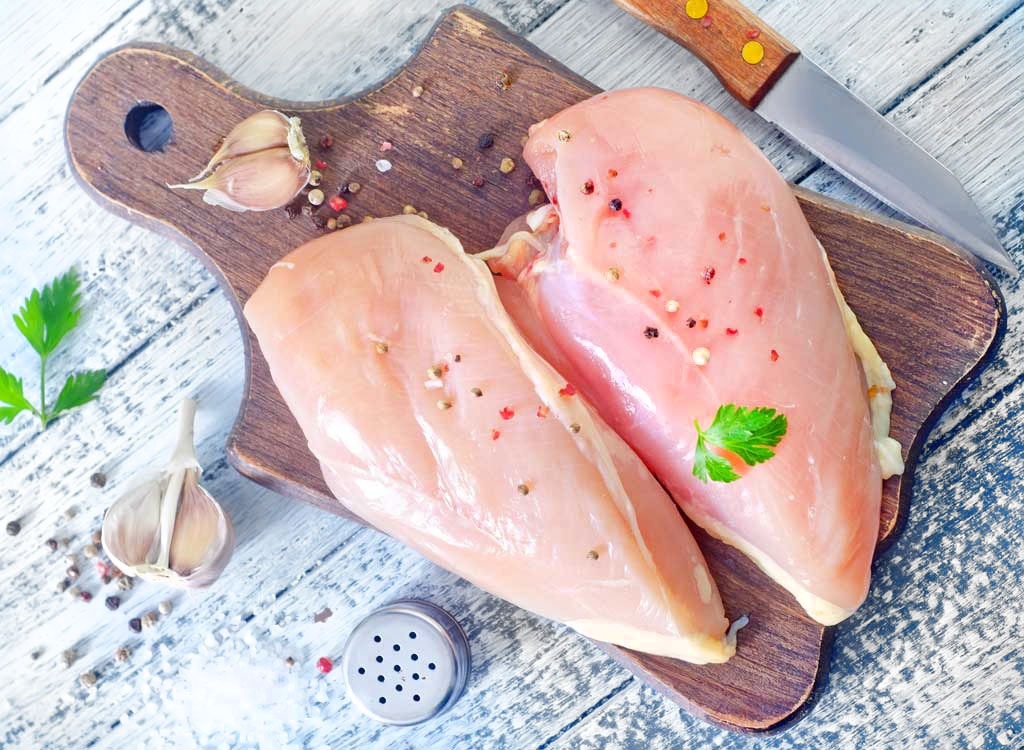
Arsenic is a toxic semi-metal element you'll find in car batteries, military weapons, and your chicken dinner. Wait, what?! Turns out farmers have fed arsenic to chickens, turkeys, and hogs as a way to promote weight gain since the 1940s. A large U.S.-based market test found nearly 9 in 10 chickens raised for consumption were fed arsenic, according to a 2013 study in the journal Environmental Health Perspectives. More disturbing, levels of inorganic arsenic were found to be four times higher in the meat of ready-to-eat, conventionally-raised birds than in the organic ones, and the concentrations were three times higher than the Food and Drug Administration's suggested 1 microgram per kilogram of meat. In addition to being a cheap bulker-upper, scientific evidence suggests arsenic gets converted into a form that may be carcinogenic to humans. The FDA has since pulled many of the arsenic-containing drugs from the market, but one's still out there: nitarsone, and it's approved for use in turkeys and chickens. But simply splurging on "organic" birds won't necessarily protect you from creepy toxins. Experts say the better label to look for is "antibiotic-free."
Dark Chocolate

From a health perspective, what you're investing in when you go "dark" are flavanols and polyphenols—two antioxidative compounds found in pure cacao that may help lower blood pressure and reduce levels of "bad" cholesterol. That's not all the fermented treat can do. The healthy fats can help you curb cravings and the moderate levels of caffeine stimulants can enhance cognitive functioning. Grab a bar that's at least 70 percent cacao to get the most bang for your buck—and your body. Milk and white chocolates are cheaper, but that's because they contain less of the healthy cocoa solids and more "fluff," like vegetable oils, soy lecithin, and milk product. Find out what to look for in our guide, 17 Best and Worst Dark Chocolates for Weight Loss.
Alleppey Turmeric
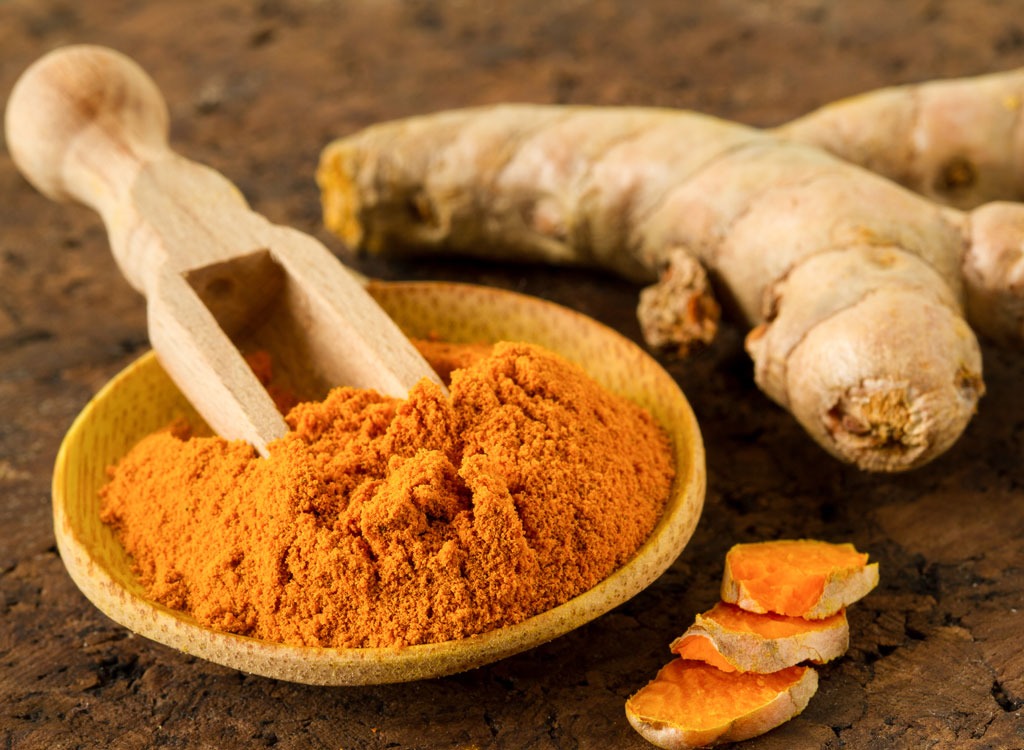
Commonly used in Indian cooking, turmeric owes its health benefits to the active ingredient curcumin. This powerful antioxidant has been shown to release its anti-inflammatory power to almost every cell in your body, boosting the immune system and treating a host of maladies from indigestion to cancer. There's even a growing body of research into the role of curcumin in the prevention and treatment of Alzheimer's disease. To get the benefits, look out for turmeric from Alleppey; it is a little pricier than turmeric from Madras, but has twice the bioactive curcumin. We like adding the spice to steamed fish, roasted cauliflower, and chicken marinades.
Whole Grain Products
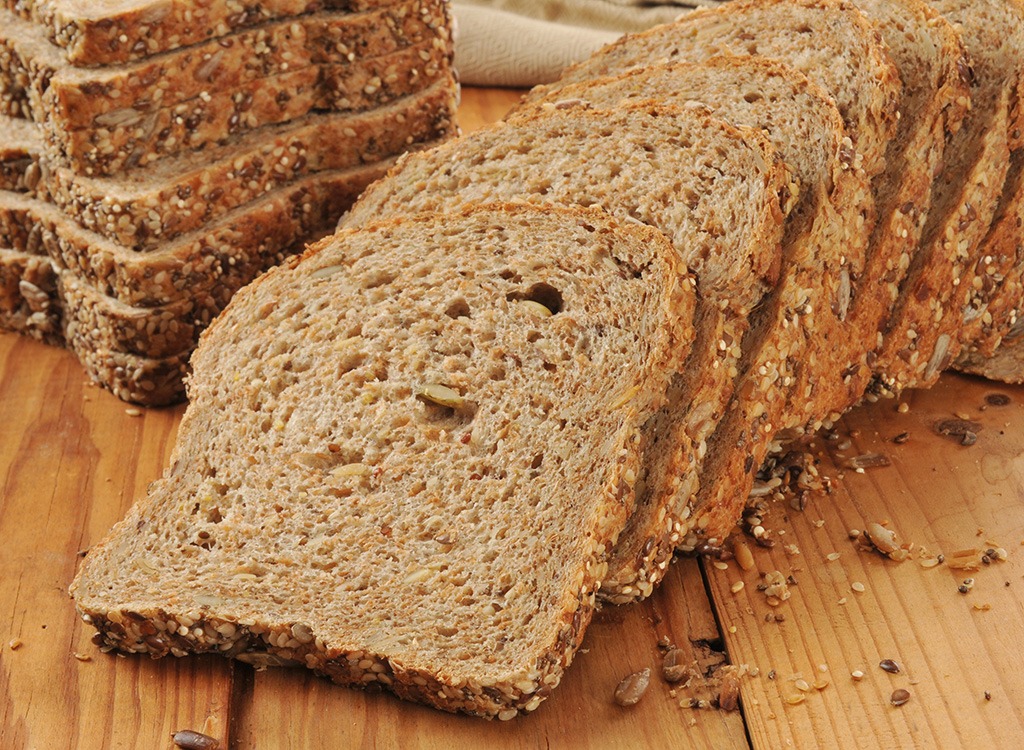
Studies have shown that replacing refined, white flours with the whole grain variety can help reduce levels of inflammation—the bodily response to spiked blood sugar levels that can cause weight gain. Whole grain products also come packed with higher levels of satiating fiber and protein to keep your hunger pangs at bay. Grab a loaf of your favorite bread—we're partial to Food For Life's Ezekiel and Dave's Killer Bread—and freeze it. You'll help it last longer while preserving the most nutrients.
Extra Virgin Olive Oil
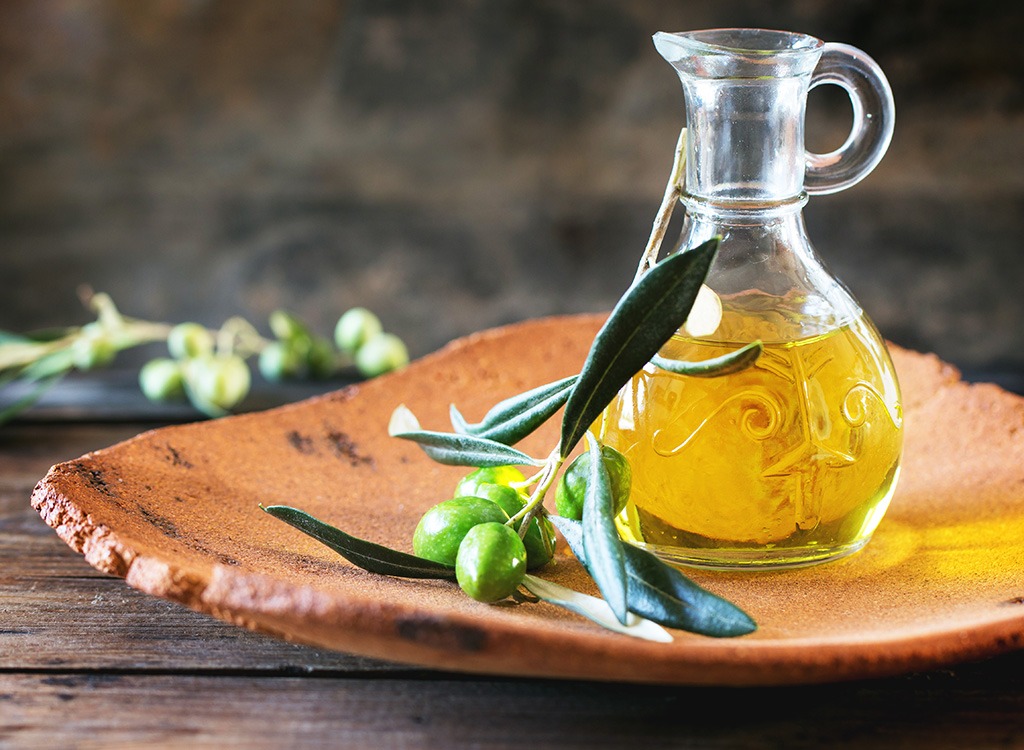
Back in 776 BC, Olympians were rewarded with jugs of olive oil for their athletic feats. Today, we still consider this oil to be "liquid gold" in terms of health benefits. That's because research suggests regular intake of extra virgin olive oil is associated with lower incidences of heart disease and other obesity-related problems, as well as a lower risk of stroke. That's not all; a study published in the journal Obesity found the fat to increase levels of adiponectin—a hormone that breaks down belly fat. You'll have to purchase the "extra virgin" version to reap the benefits. That's because the powers of the oil are due to high levels of its polyphenol antioxidants, which occur in the highest concentration in the least-processed extra virgin bottle. You'll also want your oil to come in an opaque, rather than clear, bottle as exposure to sunlight can break down the beneficial polyphenols. And finally, cold-pressed oils are the best, as heat can also damage the active compounds. Find out our pick in our guide: Eat This, Not That! For 20 Healthy Pantry Staples.
Organic Tomatoes

Maybe considering ketchup a vegetable isn't so bad after all. That's because the condiment is made from tomato paste—one of the highest concentrations of the cancer-protective antioxidant lycopene. That's right—unlike many delicate micronutrients in fresh produce, lycopene levels actually increase after cooking and processing. In addition to cooking your tomatoes, we'd recommend splurging on organic. Research suggests organic tomatoes have even higher levels of disease-fighting polyphenols and vitamin C than conventionally grown varieties.
Loose-Leaf Tea
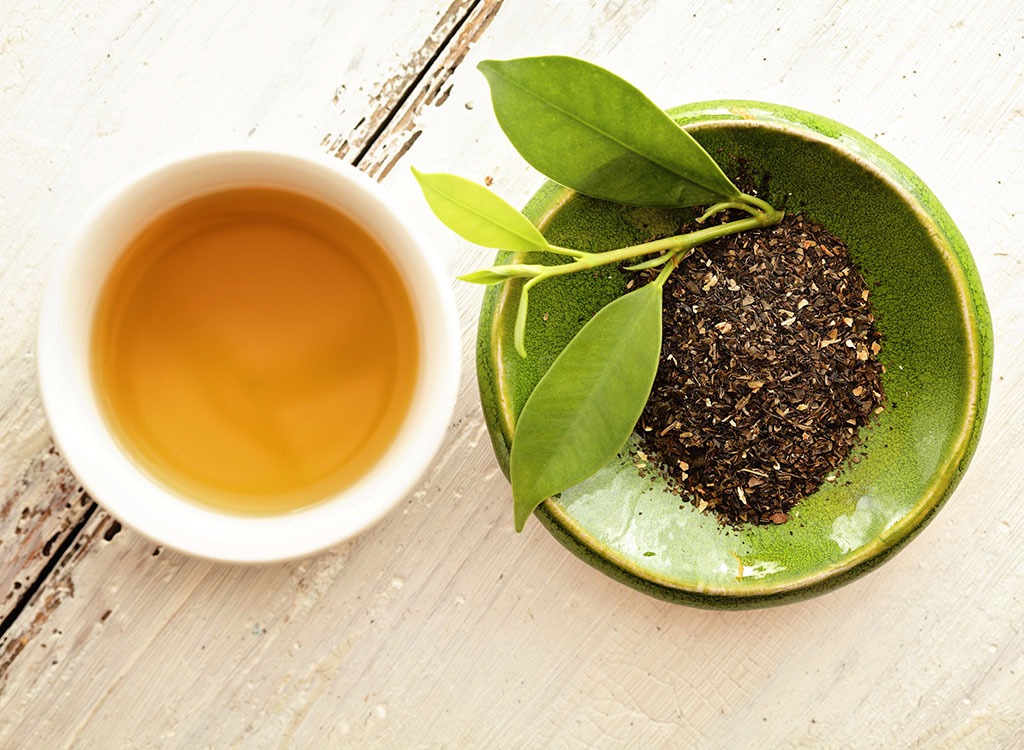
Whether you rely on this wondrous elixir for its fat-burning prowess, it's metabolism-boosting mightiness, or just enjoy it for its caffeine jolt, grabbing loose leaf teas over tea bags will be worth the extra pennies. A report by ConsumerLab.com—an independent site that tests health products—found that green tea brewed from loose tea leaves yields the highest levels of EGCG, the super potent bioactive ingredient in green tea. On the other hand, the tea "leaves" used in most bags are actually just the leftover dust from broken tea leaves, which are higher in bitter tannins and lower in antioxidants and beneficial oils.
Organic Apples
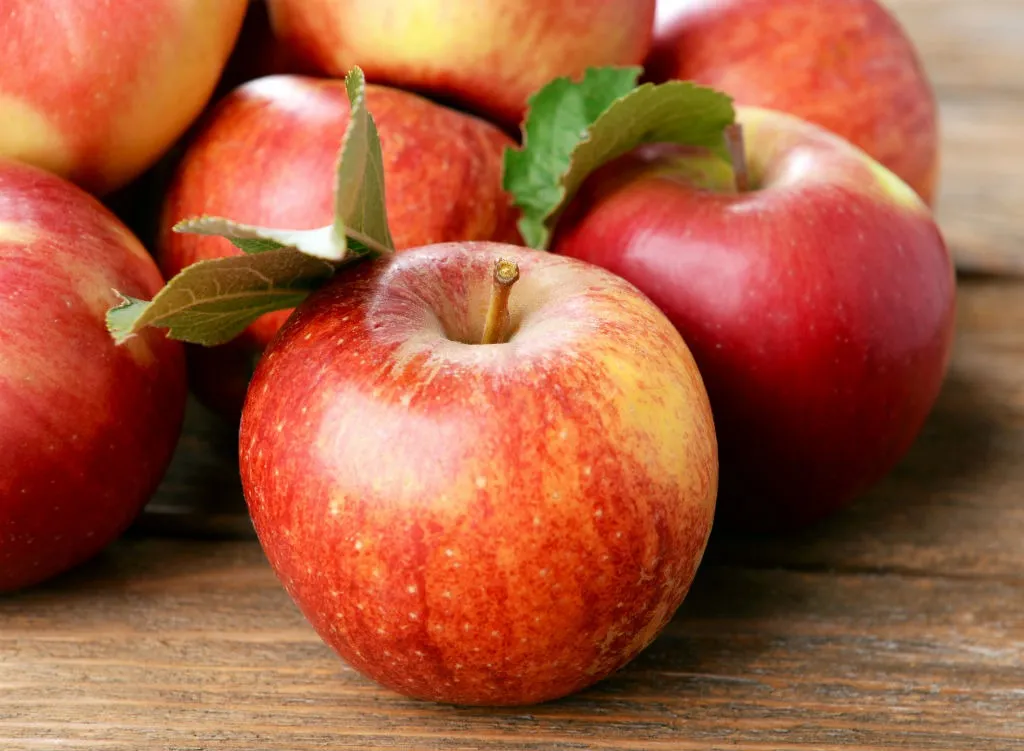
The Environmental Working Group—a corporation which specialized in environmental research—puts out a "Dirty Dozen" list every year to help consumers identify produce with a high risk of carcinogen-containing pesticide contamination. Year after year, apples have sat at the top of the list. But, the good news is, their organic counterparts are relatively easy to find and not much more expensive. Cut costs even more by grabbing a two or five-pound bag to enhance your savings.
Non-GMO Corn and Soy
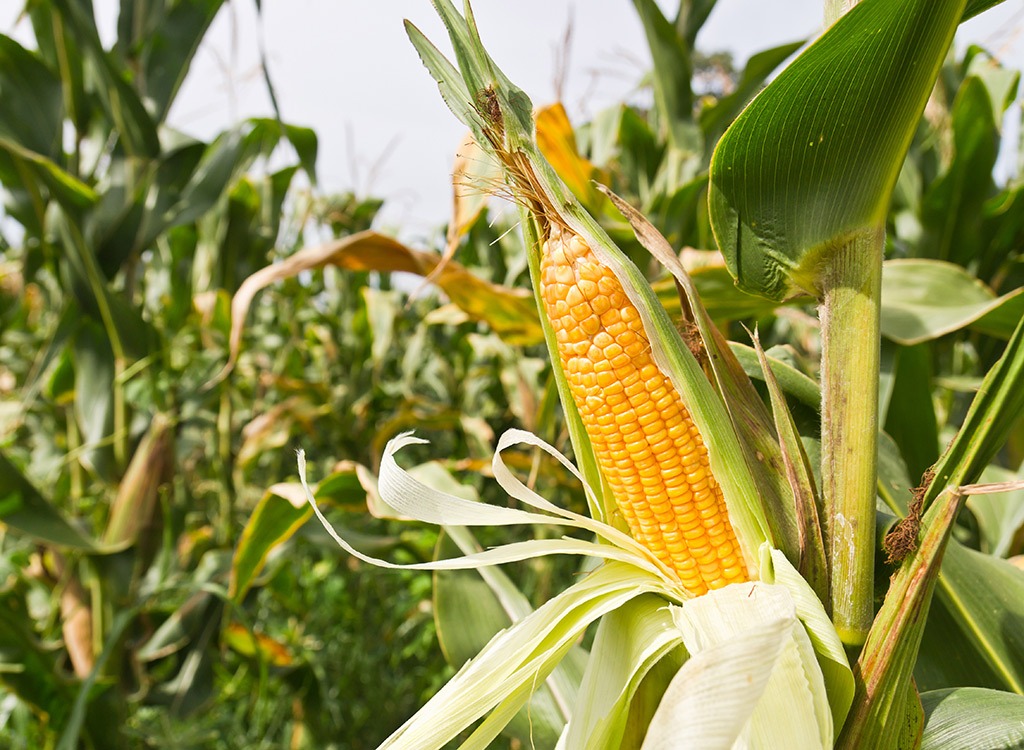
Thanks to consumers' ubiquitous attention to GMOs in the market, it's not too much more expensive to purchase corn or soy products that aren't genetically modified. This is important to look out for because over 90 percent of corn and soy product in America is genetically modified to be pesticide resistant. That means these foods are sprayed with—and contain—high levels of carcinogen-containing pesticides. Instead, opt for non-GMO or organic corn and soy, as both cannot contain genetically modified varieties.
Grass-Fed Beef
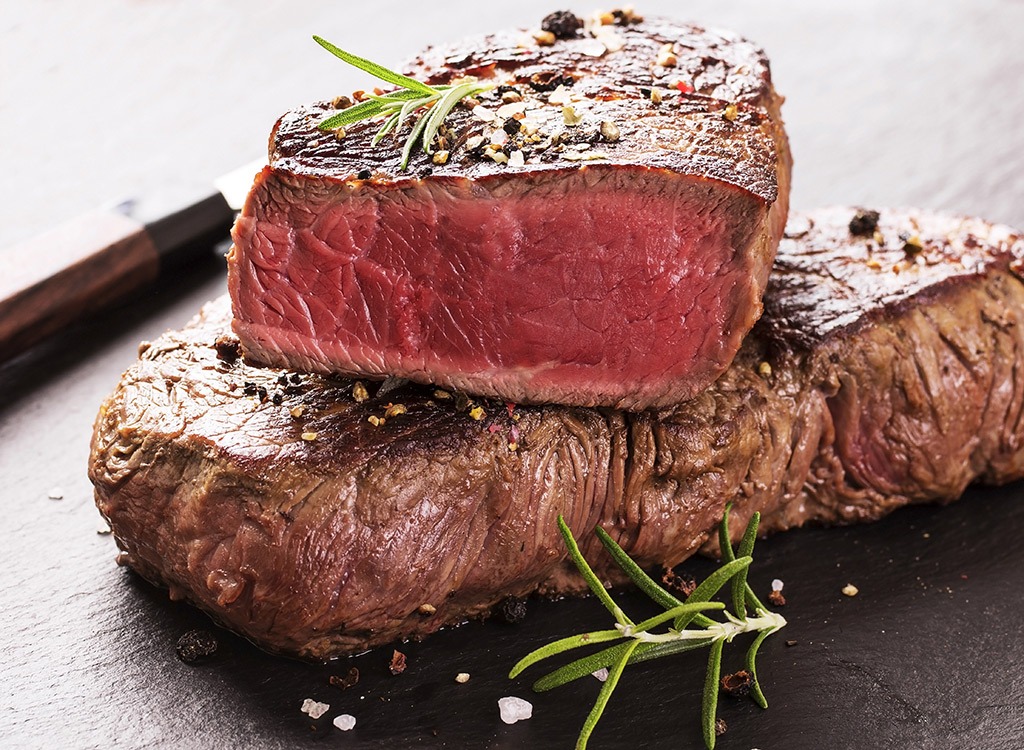
When it comes to steak and burgers, we say go grass-fed. It may ding your wallet, but it’ll help you to dent your abs. Not only does grass-fed beef naturally have fewer calories and less fat than conventional meat, but the fat it does have is the good kind: omega-3s and conjugated linoleic acid. In fact, grass-fed meat contains higher levels of these cardio-protective omega-3 fatty acids and up to five times as much fat-blasting CLA compared to their corn- and grain-fed counterparts, according to a study published in Nutrition Journal. Here’s a pro tip: To cut down on costs, slash the amount of meat you use in dishes and focus more on loading up your plate with vegetables.
Nuts
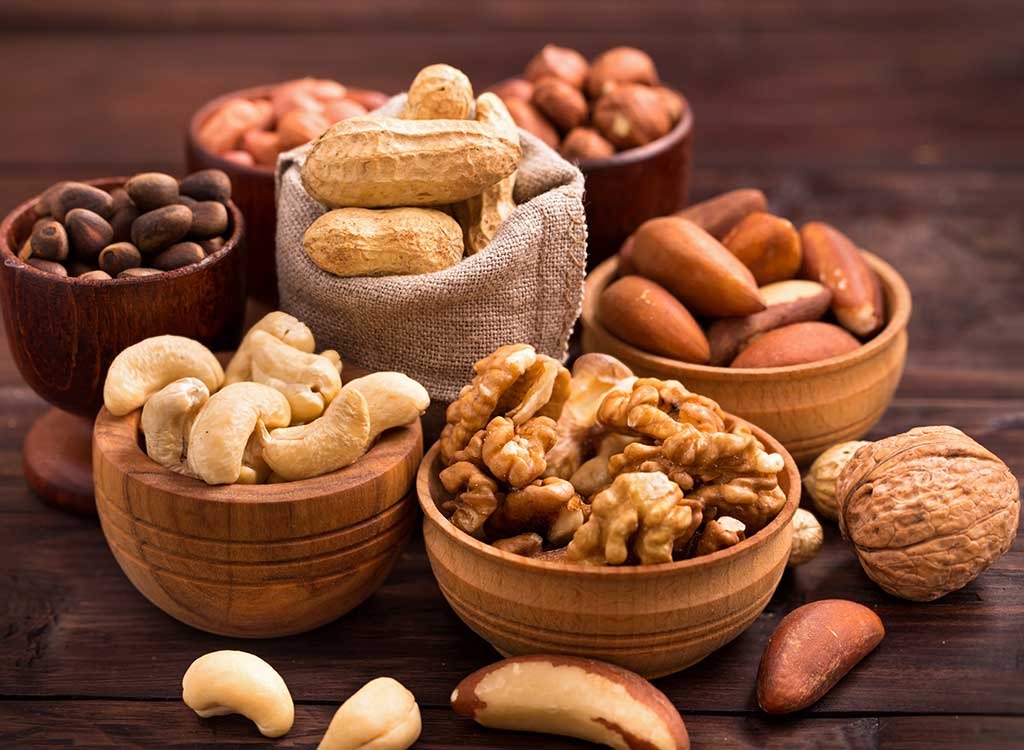
A prime source of cholesterol-lowering healthy fats, anti-aging vitamins, and energy-boosting minerals, nuts are also packed with protein that can help you to build lean muscle mass. And because muscle mass burns more calories than any other bodily tissue, your body will start torching that darn belly fat. Although nuts are pricey, they’re one of the most nutrient-dense snacks for weight loss and will prove to be a good investment.
Organic Berries
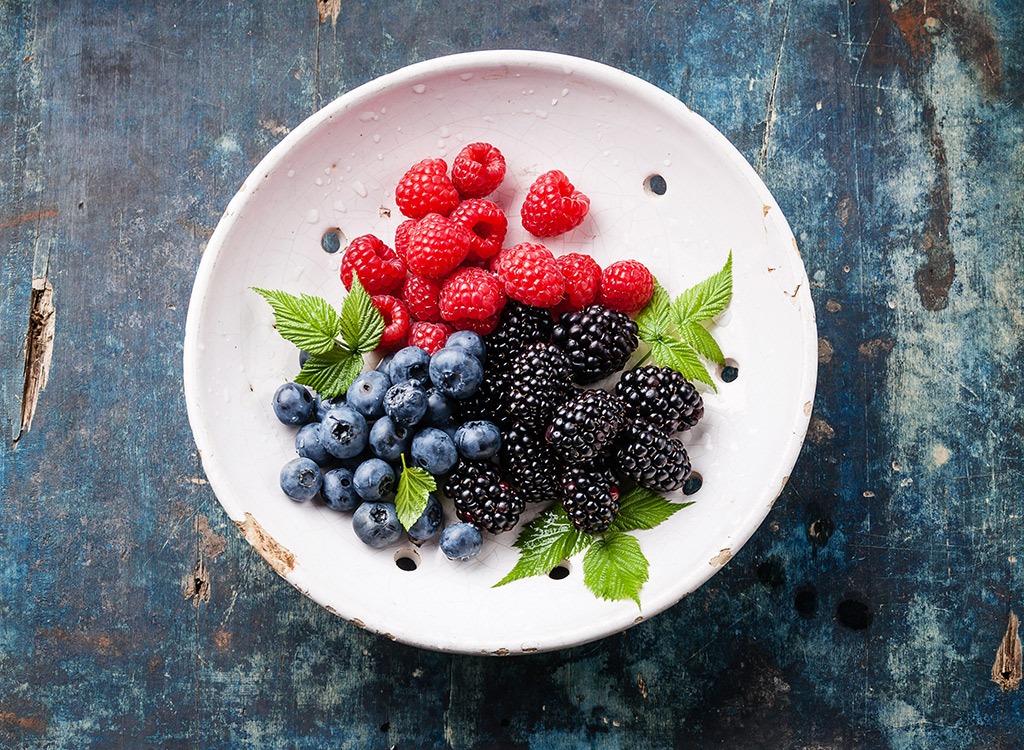
We know splurging on berries seems like enough already, but telling you to throw down some cash for organic, as well? We think it’s worth it: A study in the Journal of Agricultural and Food Chemistry discovered that organically-grown berries contained 50 percent more polyphenols, antioxidants, and levels of vitamin C compared to their conventionally-grown counterparts. These micronutrients have been implicated in everything from protecting your brain from mental decline to scouring away inflammatory free radicals that lead to weight gain.
Wild Fish

You know that eating fish is good for you, but do you know which seafood to buy? Wild caught fish, like salmon, has a far more favorable ratio of anti-inflammatory omega-3s to inflammatory omega-6s than the farmed variety.
Chia Seeds
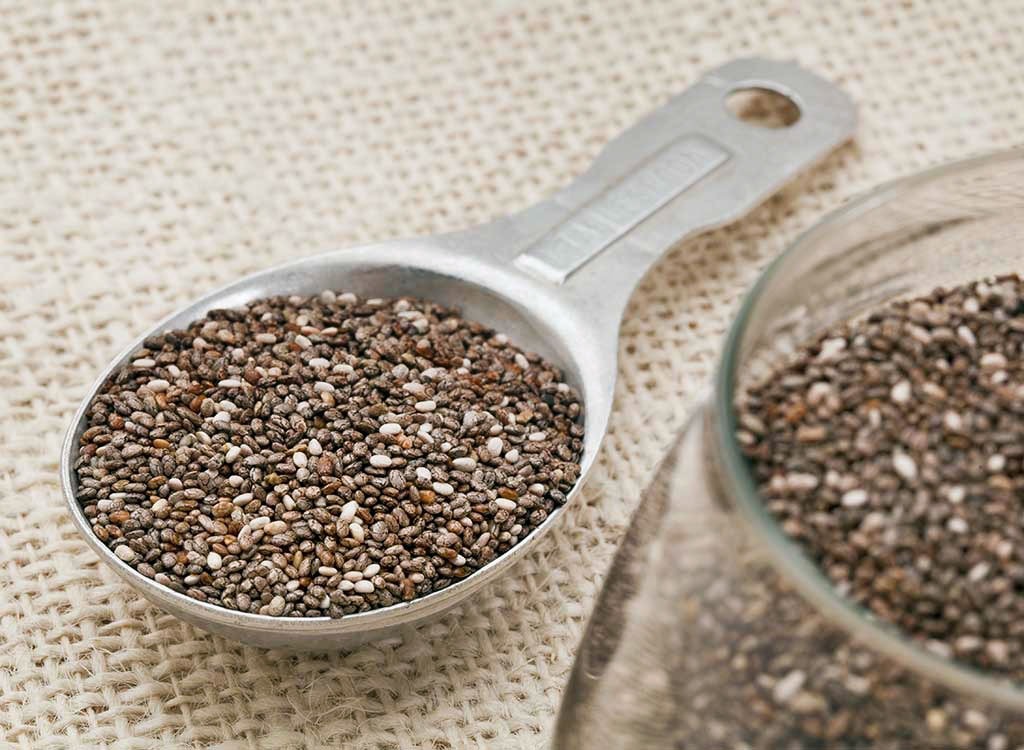
Although once relegated to providing the grass “hair” for your favorite potted cartoon characters, chia seeds are actually one of the best superfood sources. These tiny seeds are one of the most highly-concentrated vehicles of omega-3s—anti-inflammatory fatty acids which play a role in weight maintenance, brain protection, and heart health. They may not be cheap, but they can last awhile. So grab a bag, and then check out these chia pudding recipes.
Pasture-Raised, Organic Eggs
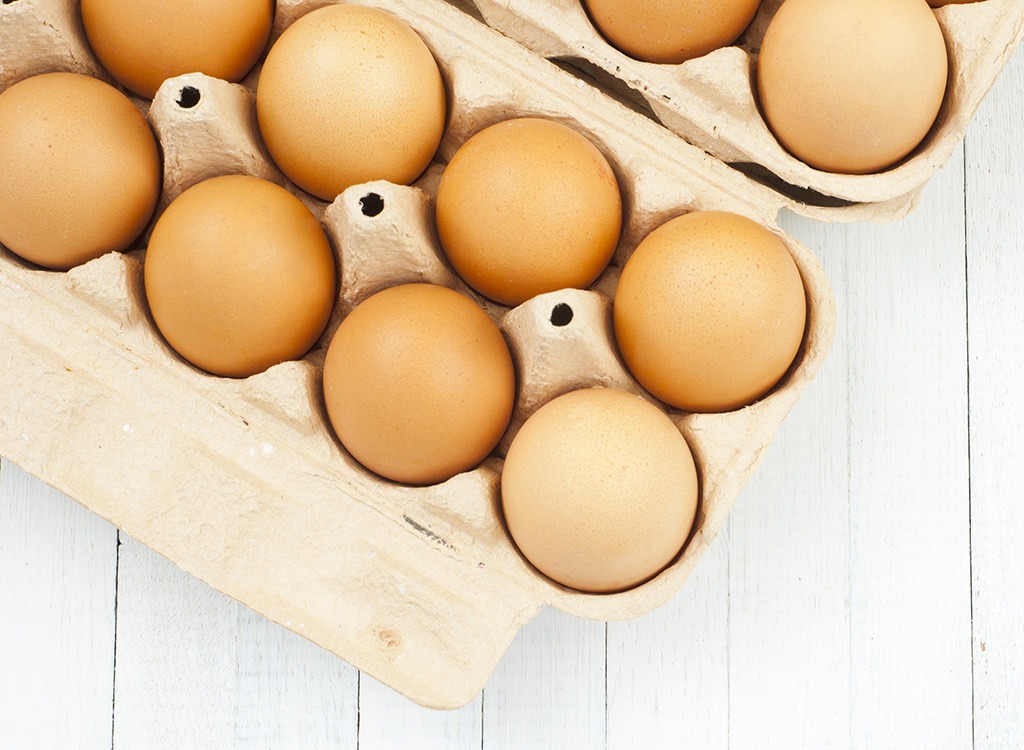
Rich in everything from muscle-building protein and healthy fats to energy-metabolizing choline, eggs are the perfectly-packaged food. We’d recommend investing in organic, pasture-raised eggs, which are lower in saturated fat, higher in omega-3s, vitamin A, C, E, D, and beta-carotene; skip the conventionally-raised eggs, which are typically raised in cages and fed a blend of grains and animal by-products.








